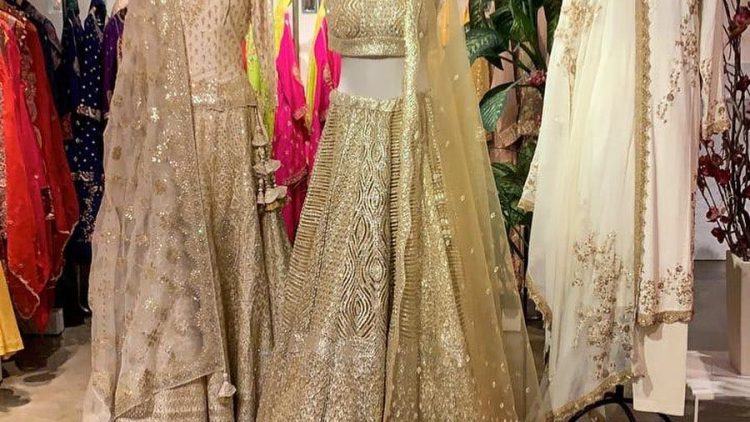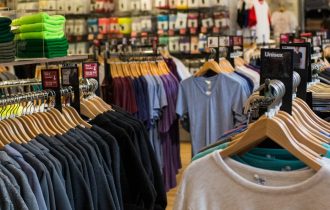Fashion and Identity: The Power of Personal Expression
Fashion is more than just clothing; it is a powerful form of self-expression that reflects our identity, beliefs, and values. The way we dress can convey a myriad of messages about who we are and how we want to be perceived by others. In this article, we explore the intricate relationship between fashion and identity, examining how fashion choices influence our sense of self and how we connect with the world.
Fashion is a language that speaks volumes without uttering a single word. The clothes we wear can communicate our personality, culture, social status, and even our mood. From classic and elegant to edgy and eccentric, each style sends a unique message to the world.
Our fashion choices can also signal our affiliations and interests. For example, someone sporting band merchandise might be expressing their love for a particular music genre, while a person wearing a sports jersey could be showing support for their favorite team. Fashion serves as a way to connect with like-minded individuals and form a sense of belonging to various communities.
Fashion is deeply intertwined with culture and heritage. Traditional clothing and ethnic fashion reflect the rich diversity of our world and serve as a means of preserving cultural identity.
Through fashion, individuals can celebrate their roots and showcase their cultural pride. Traditional garments, patterns, and textiles hold stories of generations past, and wearing them is a way to honor and carry on those traditions.
Fashion has the power to empower individuals and foster self-confidence. The right outfit can make us feel more self-assured and ready to face the world. The process of choosing what to wear can be an act of self-care, allowing us to express our uniqueness and embrace our individuality.
In times of uncertainty or personal challenges, fashion can serve as a source of strength. The act of dressing up can be a reminder of our resilience and ability to overcome obstacles.
Fashion plays a crucial role in shaping our social identity—the way we define ourselves in relation to others. Social groups often develop their fashion norms and dress codes, which help members identify one another and foster a sense of unity.
The fashion choices of social and cultural icons, celebrities, and influencers can have a significant impact on society’s collective identity. Trends set by public figures can influence mass fashion choices, creating a shared cultural identity.
Fashion has the power to challenge and redefine societal norms, particularly regarding gender identity and expression. Gender-neutral and gender-fluid fashion styles are gaining popularity, allowing individuals to express themselves beyond traditional gender roles.
Fashion designers and brands are increasingly embracing gender-inclusive collections, offering clothing that is not limited by binary gender norms. This shift in the fashion industry reflects a growing understanding and acceptance of diverse gender identities.
The digital age has transformed the way fashion and identity intersect. Social media platforms serve as virtual runways, where individuals showcase their unique style to a global audience.
The rise of fashion influencers has democratized fashion, offering diverse perspectives and encouraging self-expression. Users can connect with like-minded individuals, finding inspiration and building communities based on shared fashion interests.
As fashion continues to evolve, the relationship between fashion and identity will undoubtedly remain dynamic. The industry’s growing emphasis on sustainability, inclusivity, and conscious consumption will influence how individuals express themselves through fashion.
Technology, such as virtual reality and augmented reality, may revolutionize the way we shop for and experience fashion, further blurring the lines between the physical and digital realms.
Fashion is a powerful tool for self-expression, allowing individuals to communicate their identity, culture, and values to the world. From cultural heritage to gender identity, fashion serves as a visual language that connects us to various aspects of our lives.
As we navigate the ever-changing fashion landscape, it is essential to remember that fashion is not just about following trends but about embracing our unique selves. By understanding the profound relationship between fashion and identity, we can use clothing as a canvas to tell our stories, celebrate diversity, and express the beauty of our individuality. In a world where conformity is often encouraged, fashion empowers us to stand out and shine as our authentic selves.











